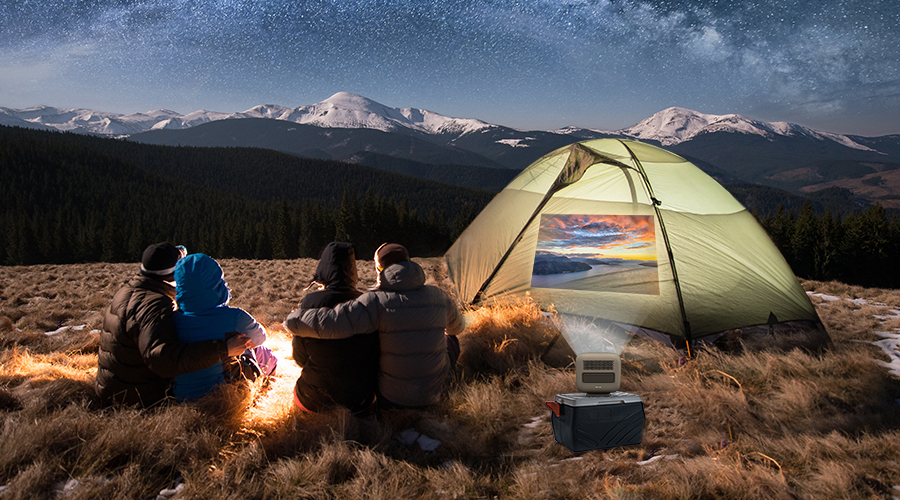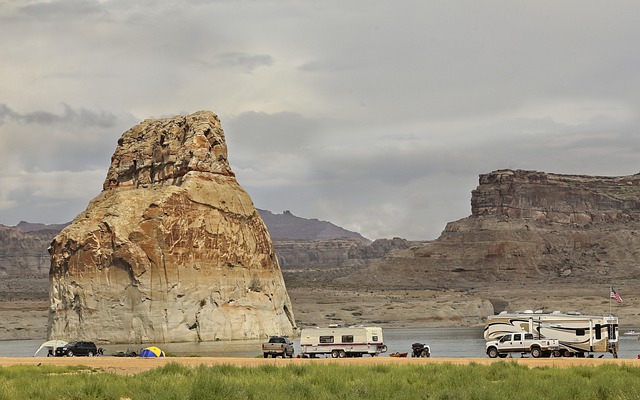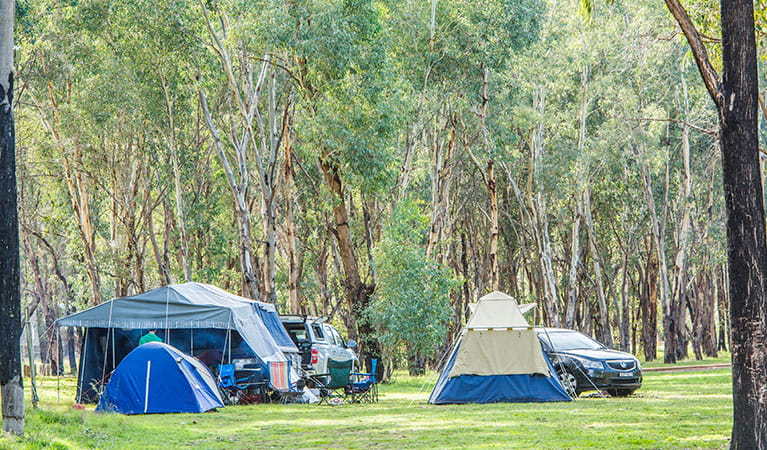
If you are looking for a place to camp in Minnesota, consider one of the state forests. The state forests are home to over 4 million acres of wild land. Minnesota state forest camping sites include a camp site with a tent pad, fire ring, and clearing. Dispersed camping is allowed in many state forests. When camping in a state forest you must observe the "leave not trace" rules. That means you must bring all your belongings.
Minnesota's state forest regulations and terminology are uniform. Therefore, you can expect the exact same quality of service. There are no designated camping areas, but dispersed camping in most state forests is allowed. If you are camping in a national forest, there is a campground within a few miles. People who camp in state forests enjoy the beautiful scenery and easy access to activities and attractions nearby.

Minnesota state forests prohibit scattered camping. However you do have options. There are 18 campsites in the Superior National Forest that offer camping with a car. Chippewa National Forest boasts more than 30 "dispersed” campsites. While dispersed camping can be less convenient than traditional camping, it does offer some advantages. Minnesota's natural beauty can be enjoyed without the need to camp in a crowd.
Renting a cabin or an RV is a great way to have a camping experience in a state park. Minnesota has many state forest that provide cabins and other facilities. Beltrami Island State Forest is the largest state forest, covering 703,382 acres. It is home of the five largest Wildlife Management Areas in Minnesota and contains the headwaters to five rivers. There are no facilities for overnight camping in these national parks, so you can rent a cabin or other type of site.
You can book a campsite in a Minnesota state forest and choose a site that suits your camping needs. You can even reserve a campsite online in some of these forests. You have several options to reserve a campsite in a state forest. For the best experience, avoid crowds and visit Minnesota's state forest during the autumn or winter seasons. Don't forget about the many lakes within the region.

In Minnesota, you can camp during the summer in the state forests. There are many campsites within the state forests. You can choose the one that suits your needs. A state forest is a wonderful place to camp. It is vast and has camping close to the wild. Minnesota's national forests don't have campsites. The vehicle permit permits you to visit all of Minnesota's state parks.
FAQ
I don't know where to get a gun. Do I need one?
A gun is required by law to hunt certain species.
Many states require hunters have a firearm. The exact type depends on the game you plan to hunt and the state you reside in.
At any sporting goods retailer, you can purchase a rifle or shotgun, handguns, muzzle loader and crossbow as well as an archery weapon.
You should ensure that you select a weapon that suits your needs. A.22 caliber pistol is a good option if you're looking for small game hunting such as squirrels and rabbits.
A larger caliber weapon is recommended for hunting large game, such as bears, deer, and elk.
It is important to feel at ease with a firearm before you buy it. Guns are dangerous tools. You should never load a gun until you are ready for it to fire.
Be sure to inspect the gun before buying it. Ask the seller for instructions on how to load and unload your gun.
Make sure to check the warranty. If there is no warranty, ask the dealer what kind of guarantee they offer.
Ask your dealer for a copy their safety instructions. These documents should contain information regarding safe storage and maintenance.
The serial number should be checked. If it begins with "NIB" or "New In Box," then the gun was manufactured brand new.
If the serial numbers start with an odd number then the gun is previously owned.
Contact the manufacturer if you're unsure if the gun was used. They should be able to tell you more about its history.
Hunting is a great hobby.
Hunting is like playing chess in nature. It is important to plan ahead and anticipate the outcome of each move.
Hunting for food is a goal. Therefore, it is important to understand what type of animal you are hunting, how to track your prey and when you should stop tracking. If you don't know these things, then you'll never catch anything.
It is important to always be alert when hunting. That way, you won't miss any opportunities. Make sure you are close enough to the object you see so you can identify it. Take a note of everything that you see and make a recording. This will allow you to remember what you saw later, if you want to hunt again.
It's about more than shooting at targets. It's about being in harmony with yourself, the environment, and animals around you.
How much does it cost for a hunter to become?
Hunting costs can vary depending upon where you live.
In some cases, you might only have to pay a small fee to access public lands.
Some states require licenses and permits before you can hunt.
Hunting costs vary depending on what type of firearm you choose. A rifle costs more than a shooting gun.
A license cost can be between $10-$50. You may need additional tags depending on how many days you hunt.
To hunt certain species, you will need a permit. The size of the animal that you want to hunt will determine how much money you have to spend.
Wild turkey hunting can be expensive. You'll need to pay $150 for a tag.
Can I hunt without a license?
Yes, you can hunt without a license. But, you're breaking the law.
You could face jail or fines.
Some states allow residents without a license to hunt. Find out if hunting is allowed in your state by checking with the department of Natural Resources.
Statistics
- Less than 1% of Hawaii's population has a hunting license. (stacker.com)
- Over the past 50 years, the number of hunting licenses in California has been on a rapid decline, falling 70% from more than 760,000 in the 1970s to under 268,000 in 2020—even as the state's population has skyrocketed, according to The Mercury News. (stacker.com)
- - Percent of residents with paid hunting licenses: 0.7%- (stacker.com)
- According to the Wildlife Restoration Act, passed in 1937, most of the state conservation efforts are funded through hunting and fishing license sales and firearms sales. (stacker.com)
External Links
How To
How to make a Deer Blind
A deer blind can be used as a hunting device to conceal game animals like deer and elk. It usually consists of an enclosed area made of wood or canvas that is covered with branches, leaves, and sometimes covered with leaves. The hunter will hide inside the enclosure while he waits for his animal to pass. When hunting at night, a deer blind is frequently used.
There are many sizes and shapes of deer blinds. Some are portable and others are permanent. They are made from materials such as plywood, cardboard and plastic.
Box blinds are also known by the name box stands. These deer blinds consist of a wooden frame with a roof, walls and roof. Boxes are very popular because they are easy to construct and transport.
A tree stand is another type of deer blind. Tree stands can be made natural to appear natural, so people won't suspect that they are there. Tree stands are usually permanently attached to trees.
Ground blinds are another type. They are similar to tree stands but are built into ground. Ground blinds can often be disguised with dirt, rocks, sand, or grass. Ground blinds can also be called "ground boxes".
There are several different ways to hunt with a deer blind. The first is to wait for the animal, then sit still. There are two options. One is to try and scare the animal away by moving around. If this is your preferred method, keep quiet and don’t move too often. This could make the animal think you are a predator, and they may run away.
If you want to use a deer blind, you'll first need to find a suitable spot. The best place to use a deer blind is one where the wind will not blow your scent towards it. Also, avoid areas where people hike frequently.
Also, ensure you understand how to set up a deer blind. The last thing you want is for the animal see you and run.